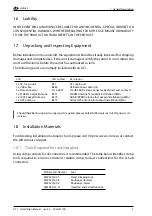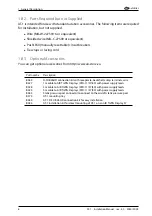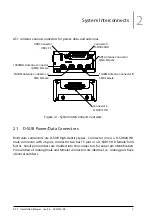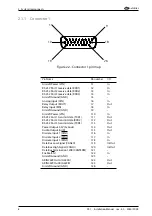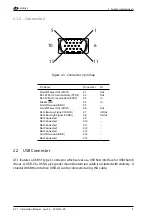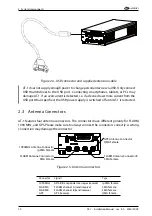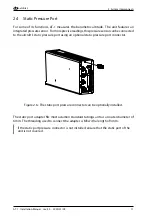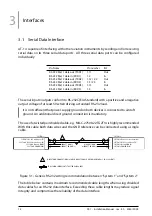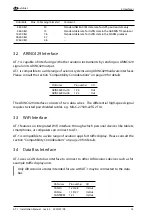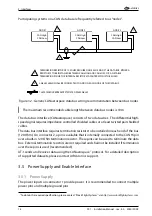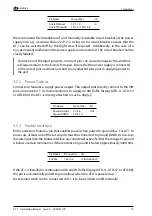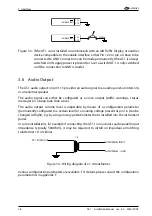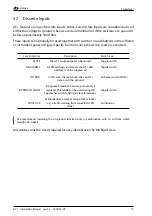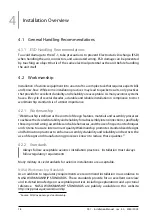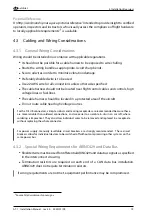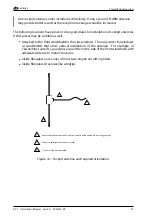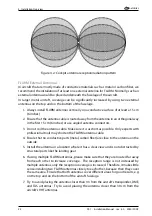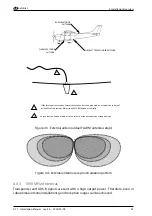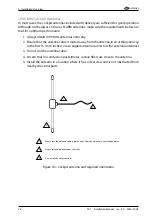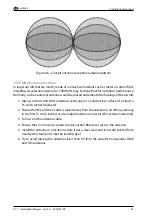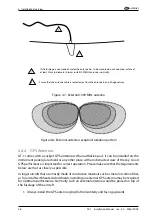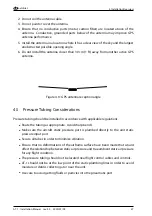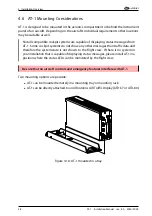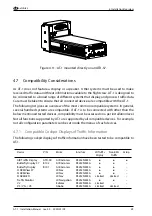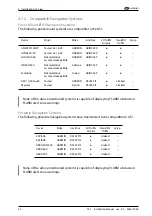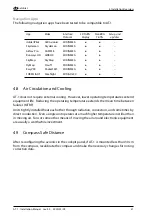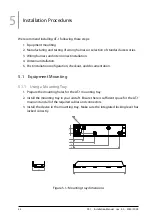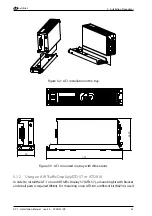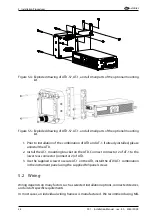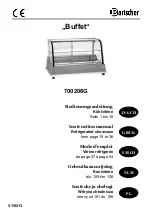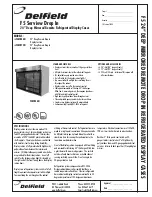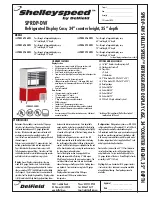
air
avionics
4. Installation Overview
Pictorial Reference
On
http://workmanship.nasa.gov
a pictorial reference ‘‘intended to provide insight to certified
operators, inspectors and instructors who visually assess the compliance of flight hardware
to locally applicable requirements’’
is available.
4.3 Cabling and Wiring Considerations
4.3.1 General Wiring Considerations
Wiring should be installed in accordance with applicable regulations.
•
It should not be possible for a cable harness to be exposed to wire chafing.
•
Route the wiring bundle as appropriate. Avoid sharp bends.
•
Secure all wires in order to minimize vibration damage.
•
Preferably shielded wire is to be used.
•
Use 22 AWG wire for all connections unless otherwise specified.
•
The cable harness should not be located near flight control cables and controls, high
voltage lines or fuel lines.
•
The cable harness should be located in a protected area of the aircraft.
•
Do not route cable near high voltage sources.
For the D-SUB connectors, crimp terminals and mating receptacles are recommended because these
are more reliable than soldered connections, and are easier to assemble in-situ in an aircraft, where
soldering is impractical. They also allow individual wires to be removed and replaced in a receptacle
without replacing the whole connector.
For power supply, manually resettable circuit breakers are strongly recommended. These circuit
breakers allow for individual devices to be switched off without compromising other systems on the
same power bus.
4.3.2 Special Wiring Requirements for ARINC429 and Data Bus
•
Shielded wire must be used for differential ARINC429 and data bus signals as specified
in the interconnect drawing.
•
Termination resistors are required on each end of a CAN data bus installation.
ARINC429 does not require termination resistors.
If wiring requirements are not met, equipment performance may be compromised.
2
Source
http://workmanship.nasa.gov
AT-1
·
Installation Manual
·
rev. 4.0
·
2020/01/09
19

